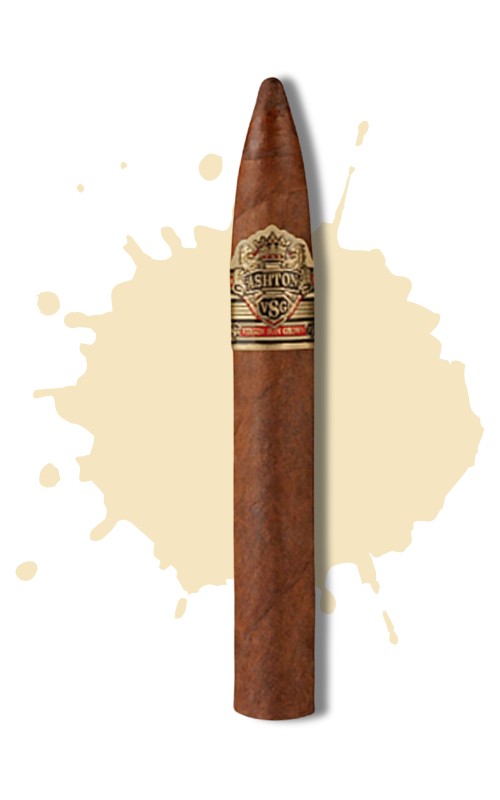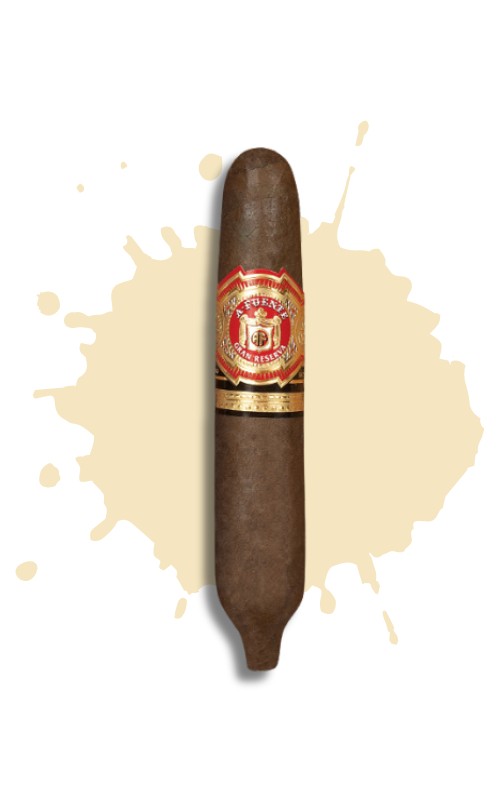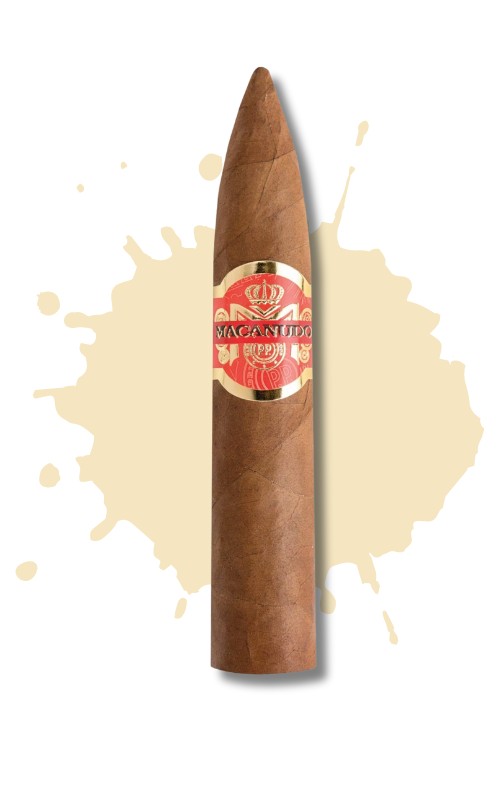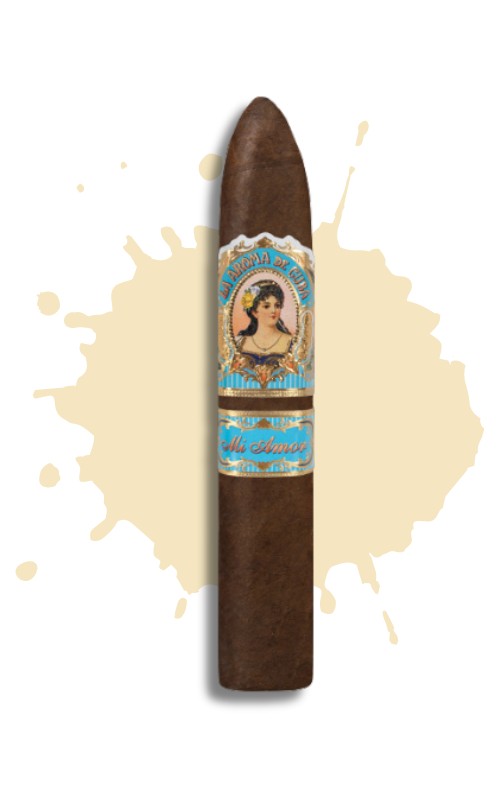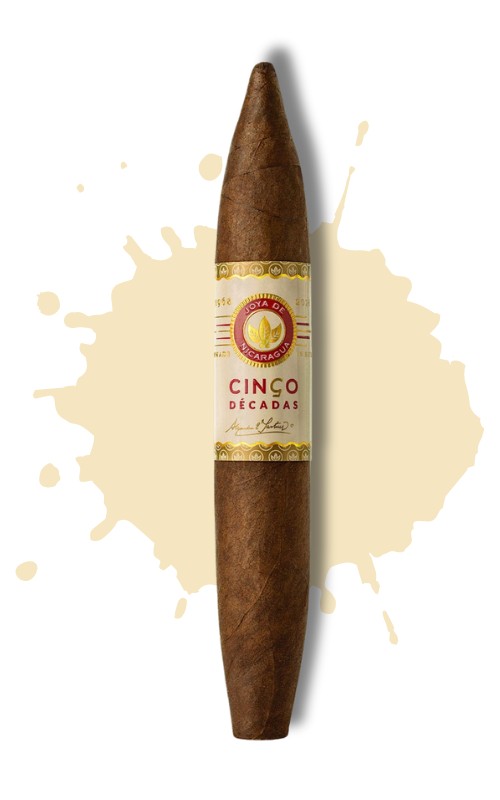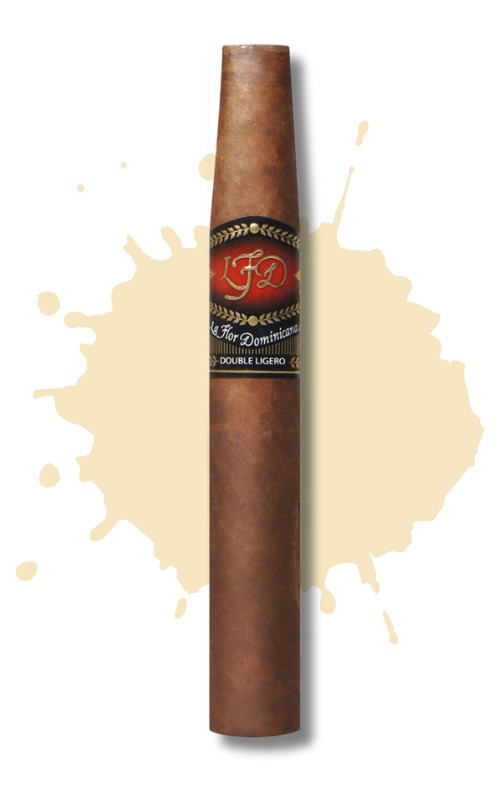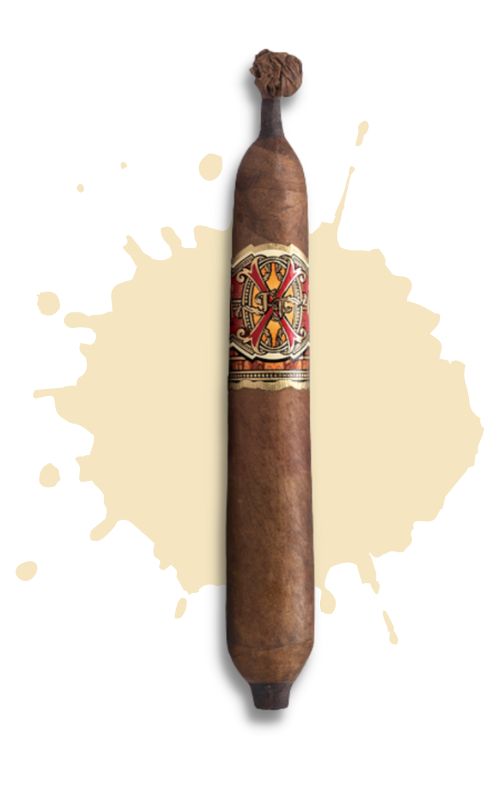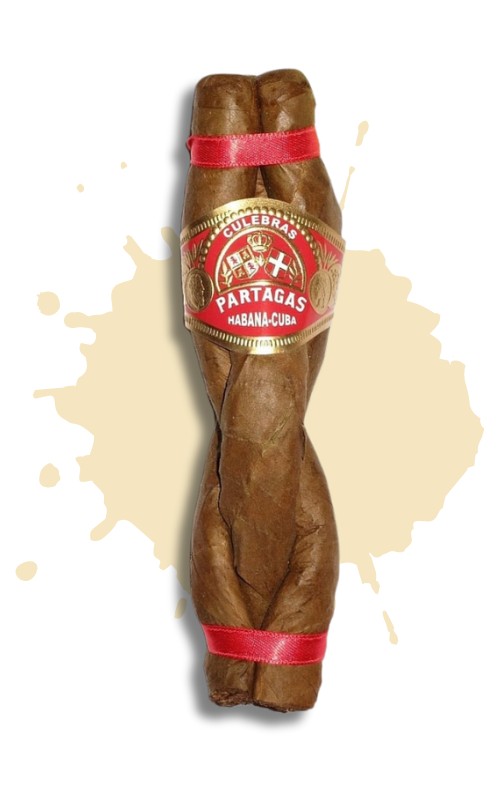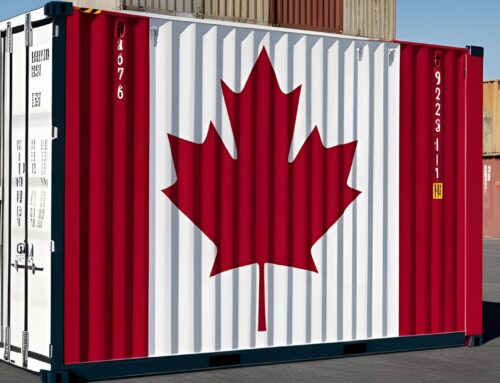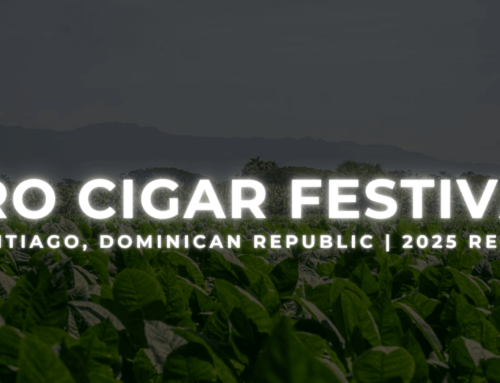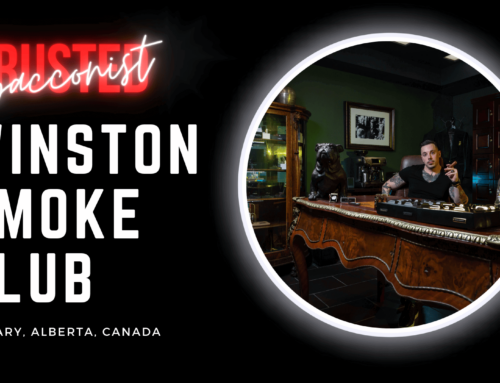While the shape of many cigars may seem relatively common, there are others that appear to be anything but conventional
Just like cigar smokers themselves, cigars come in all manner of shapes and sizes.
The vitola of a cigar (its shape and size) will always affect how you perceive the individual flavors in each tobacco blend. While some cigars with complex contours can contribute to a highly enjoyable smoking experience, others appear to merely novelty.
If one thing is for certain, it is that a cigar with a unique and unconventional shape typically requires the handcraft of a highly skilled roller to come to life.
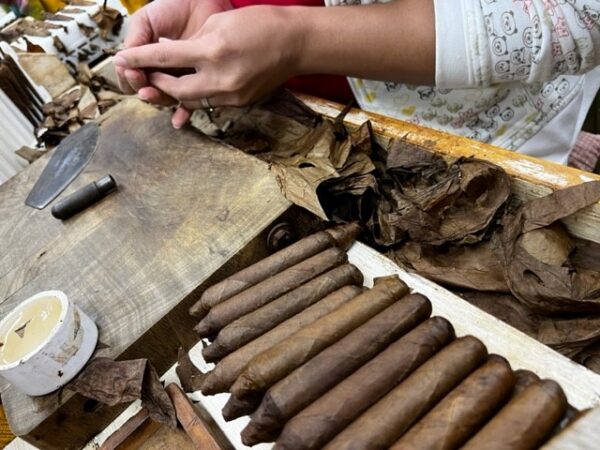
A roller at Tabacalera A. Fuente in the Dominican Republic creates the Hemingway Work of Art
Read on as we investigate into some cigar shapes that cut a highly alluring figure.
The Hands of a Skilled Artisan
Whether a roller is constructing a standard parejo or a highly complex figurado, cigar rolling is a revered art form and is always an impressive sight to behold.
Like the skilled hands of a master sushi chef, the art of cigar rolling takes years to perfect.
It takes approximately nine months worth of training to become a cigar roller. When a new roller begins work, they are typically situated in the back of the rolling room.
As they master their trade, they will be afforded the opportunity to progress toward the front of the room to join the top-level rollers.
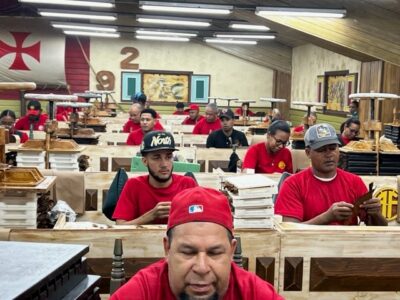
Cigar rollers at Tabacalera A. Fuente
In Cuba, a torcedor is the person who bears sole responsible for the entire process of bunching and rolling.
In other cigar producing nations, this job is divided into two people, the torcedor (the roller) and the bonchero (the buncher). The buncher takes the designated leaves and meticulously assembles them before providing them to the roller, who will deftly apply the wrapper.
Rollers draw from a stack of wrapper leaf that has passed the selection process and has had the center vein removed. Only leaves of utmost quality are selected to be used as a wrapper.
Each roller is equipped with a chaveta. This is an incredibly sharp knife with a half-circular blade that manipulates the leaf and cigar upon a table that is typically constructed of wood.
Beyond the chaveta, the roller will also utilize guma, which is a plant-based binding agent that will secure the leaf to the cigar and assist with the placement of the cap.
Parejo or Figurado
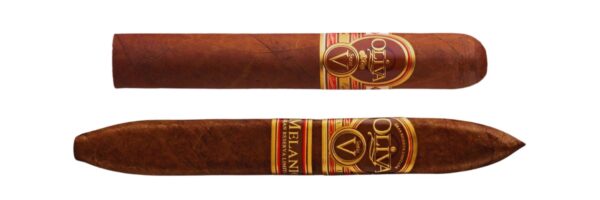
The Oliva Serie V in a parejo (top) and figurado (bottom)
Over 80% of all hand rolled cigars are classified as a parejo. Meaning “equal” in Spanish, a parejo is a cigar that exhibits essentially the same uniform ring gauge (diameter) from head to foot.
This shape is what most people think about when they envision a standard cigar.
When graduating from a standard parejo, a roller is essentially creating a figurado. This is where the rolling becomes increasingly challenging.
The roller assigned to the job is typically either a very experienced one, or has been specifically trained “from the ground up” on a specific, complex figurado cigar shape.
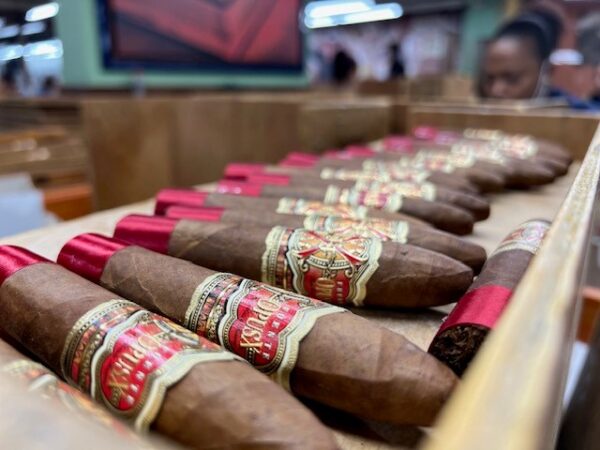
To roll a coveted Fuente Opus X, new rollers are taught from the ground up to roll only this kind of cigar
Though their shape and size will generally vary from one brand to the next, the following cigars all require advanced rolling skills to make.
TORPEDO
The torpedo cigar falls under a broader category of pyramid cigars. They typically have a sharply tapered head, which lends itself to a concentration of flavors through a narrow opening once cut.
- Brand: Ashton
- Featured Cigar: VSG (Virgin Sun Grown) Torpedo
- Size: 7 x 49
PERFECTO
A perfecto is a highly contoured shape that is traditionally closed at both ends. They usually feature a rounded head and exhibit a pronounced bulge in the middle.
- Brand: Arturo Fuente
- Featured Cigar: Hemingway Short Story
- Size: 4 x 49
BELICOSO
These cigars are traditionally short in length with a rounded pyramid head. The draw on a belicoso is generally cooler, and thus less intense than you’ll encounter with a torpedo.
- Brand: La Aroma de Cuba
- Featured Cigar: Mi Amor Belicoso
- Size: 5.5 x 54
DIADEMA
Diademas are a characteristically larger-sized cigar with a closed head and an abruptly tapered head and foot. Salomon cigars fall under the category of diademas.
- Brand: Joya de Nicaragua
- Featured Cigar: Cinco Decadas Diadema
- Size: 6 x 54
PIGTAIL FIGURADO
Though a pigtail is often affixed to a parejo, adding one to a figurado instead of a standard cap is simply yet another step in complex cigar shape rolling wizardry. Pigtails are purely aesthetic, but make for an attractive and unique cigar.
- Brand: Arturo Fuente
- Featured Cigar: Fuente Fuente Opus X
- Size: 5 1/2 x 48
CULEBRA
Meaning “snake” in Spanish, a culebra is nothing more than 3 panatela-sized parejo cigars that are braided and bound together with string. When unbound, the result is 3 crooked cigars that look – and smoke – awkwardly.
Pure novelty.
- Brand: Partagas (Cuban)
- Featured Cigar: Partagas Culebra
- Size: 5 7/8 x 39
Summary
Despite the many highly unique shapes available today, the cigar world is still largely comprised of parejos.
These include cigarillos, coronas, robustos, toros, gordos, panatelas, lonsdales, churchills and many more.
Though the differences between one type of figurado to the next can be subtle, you will find that such minor variations will often produce a much different outcome.
The key of course, is to experiment and discover which vitolas will serve as the shape of things to come for your cigar journey ahead.


